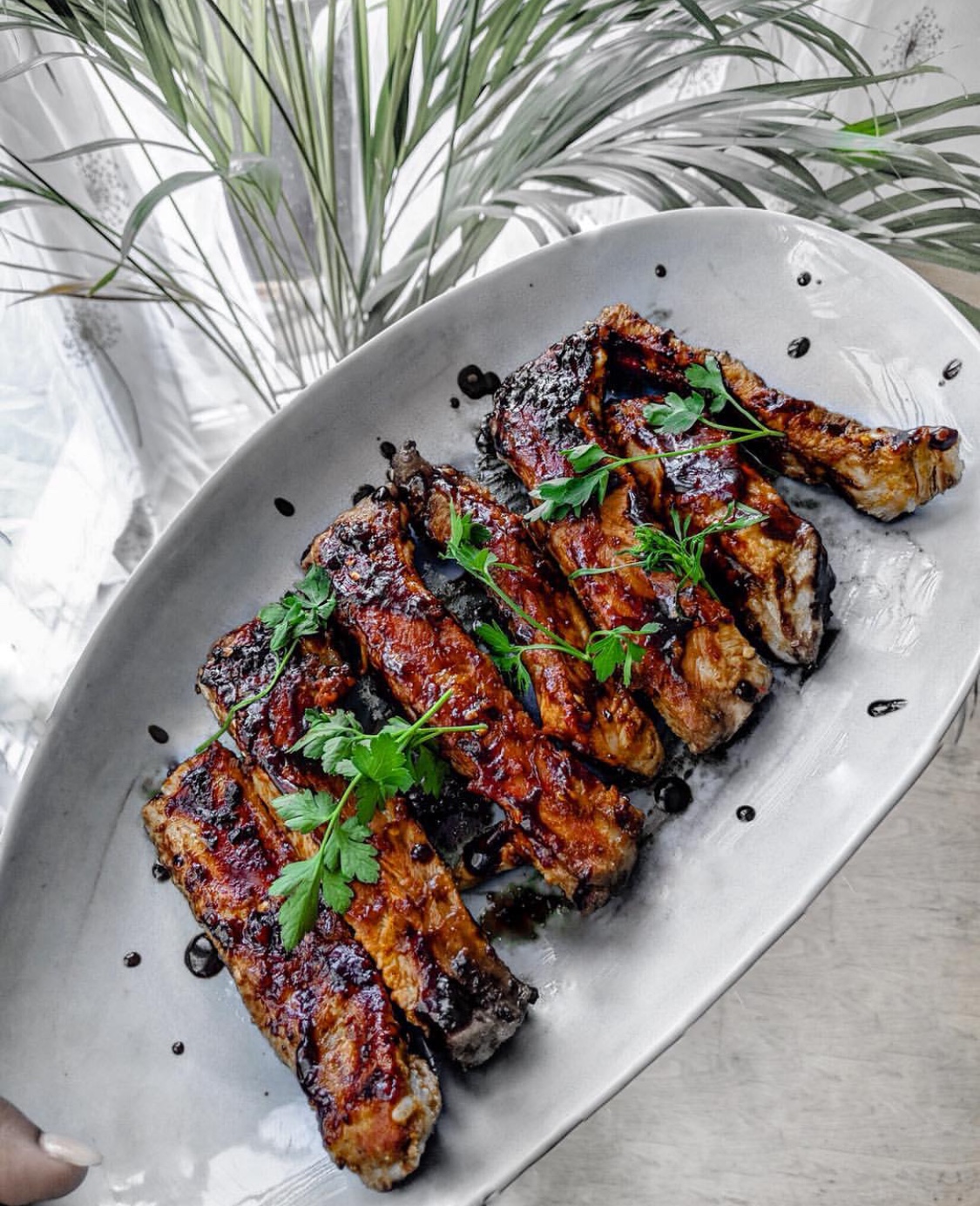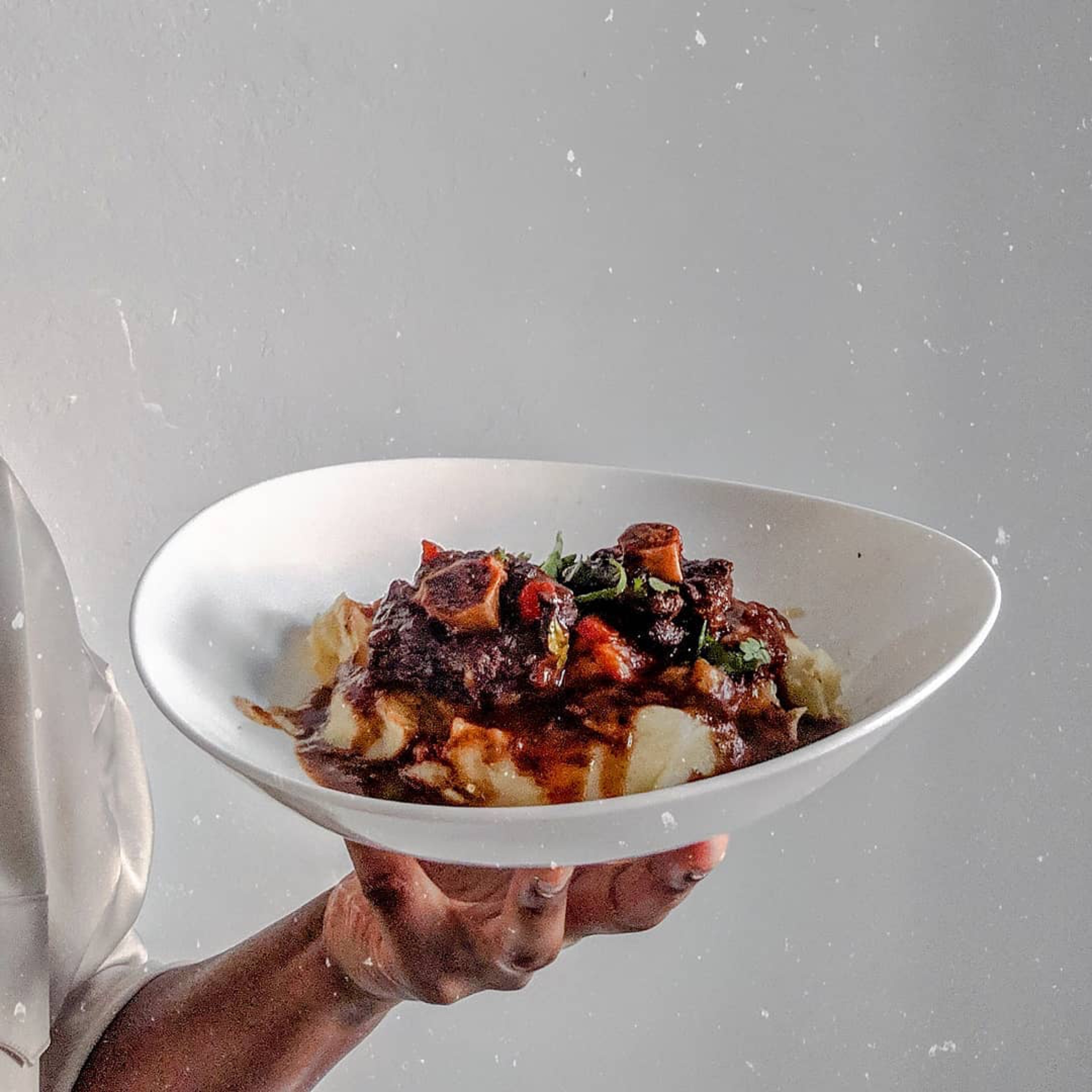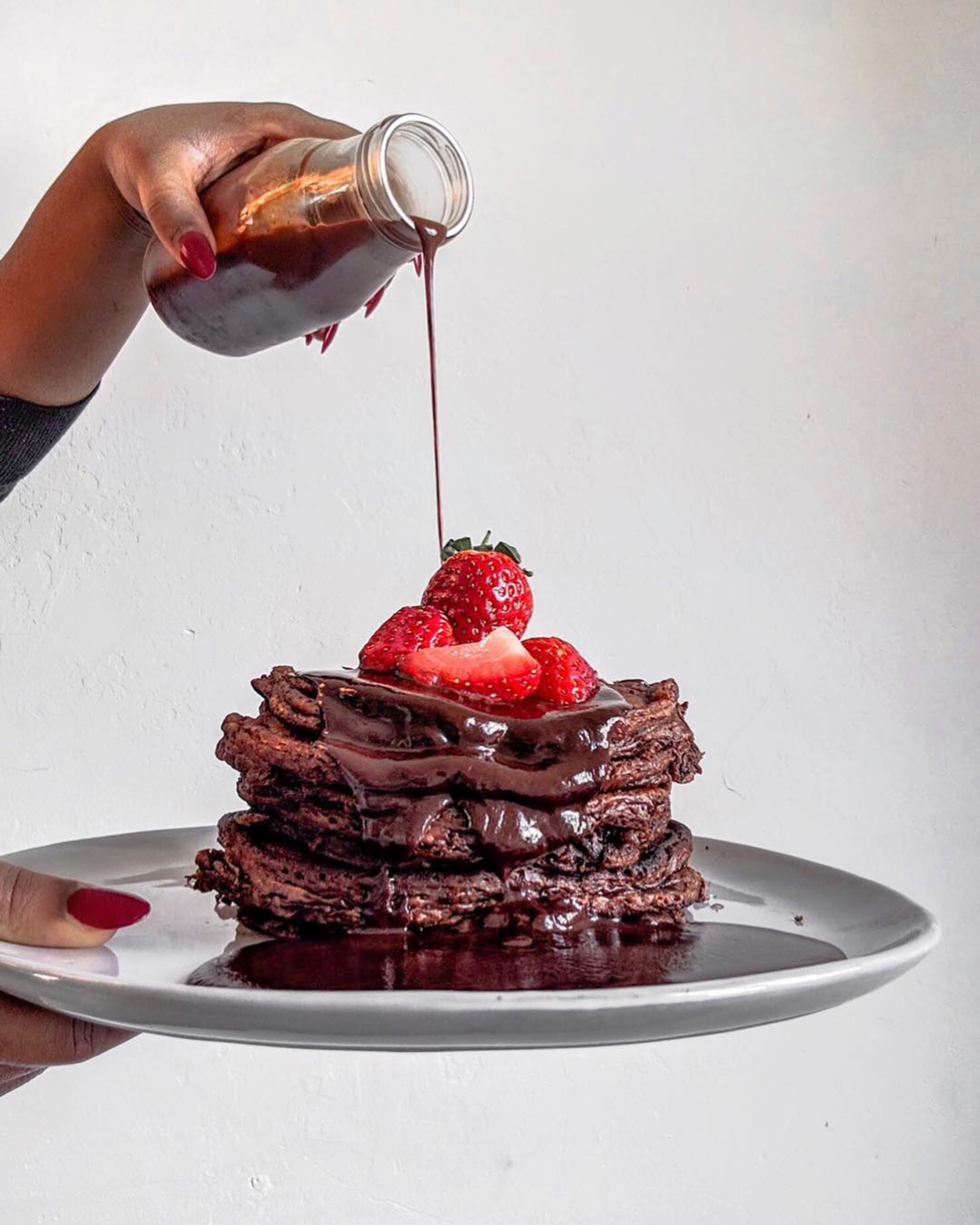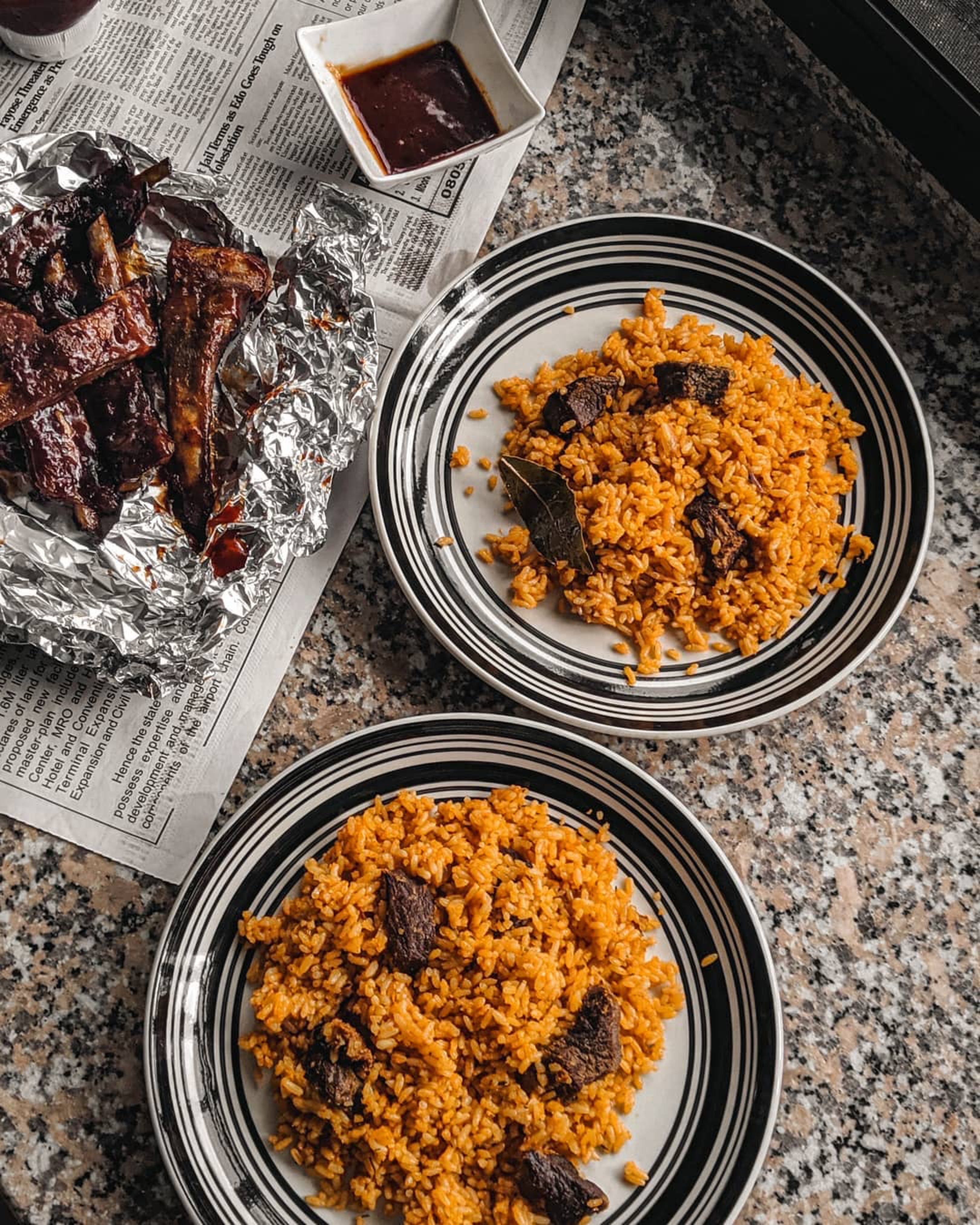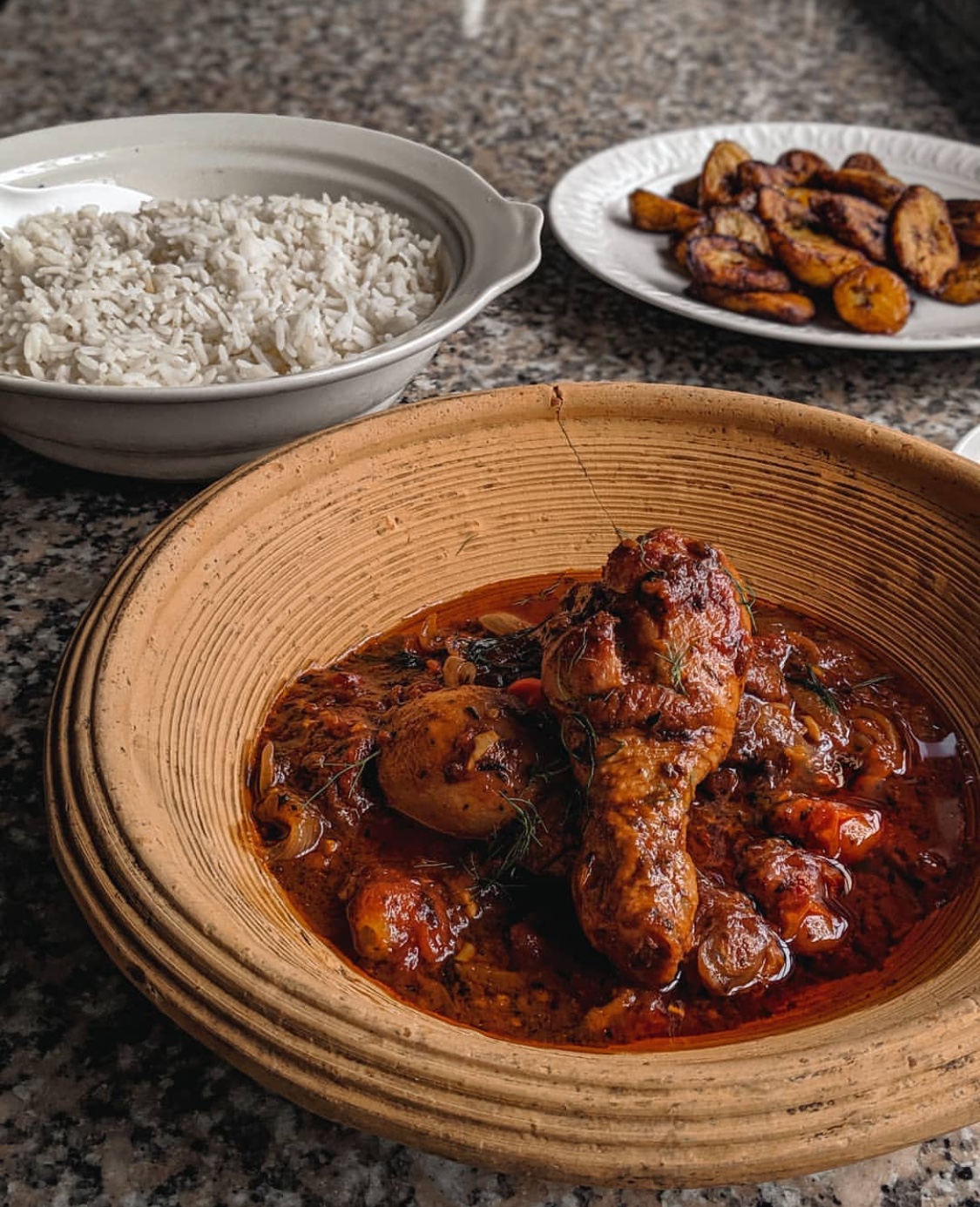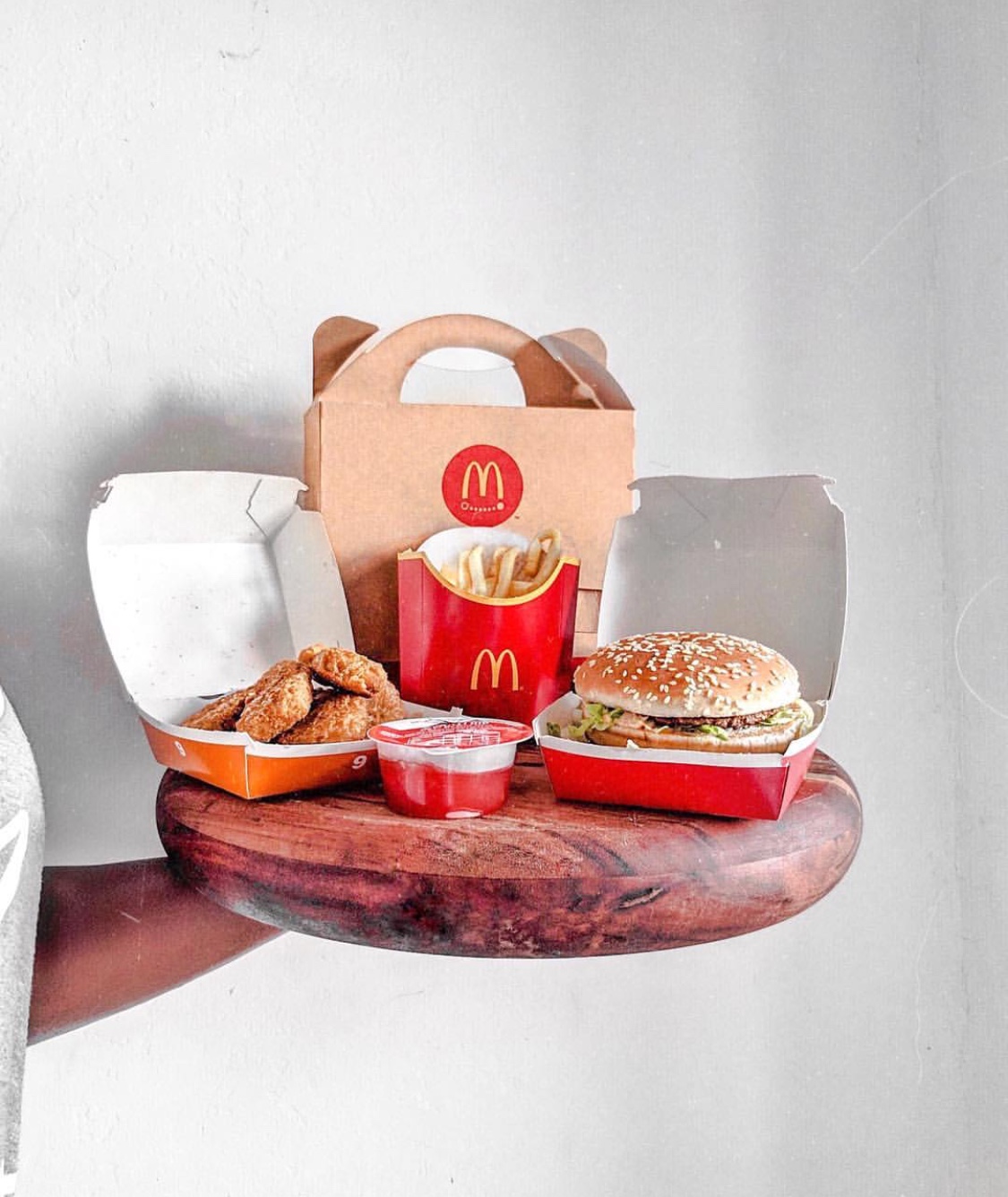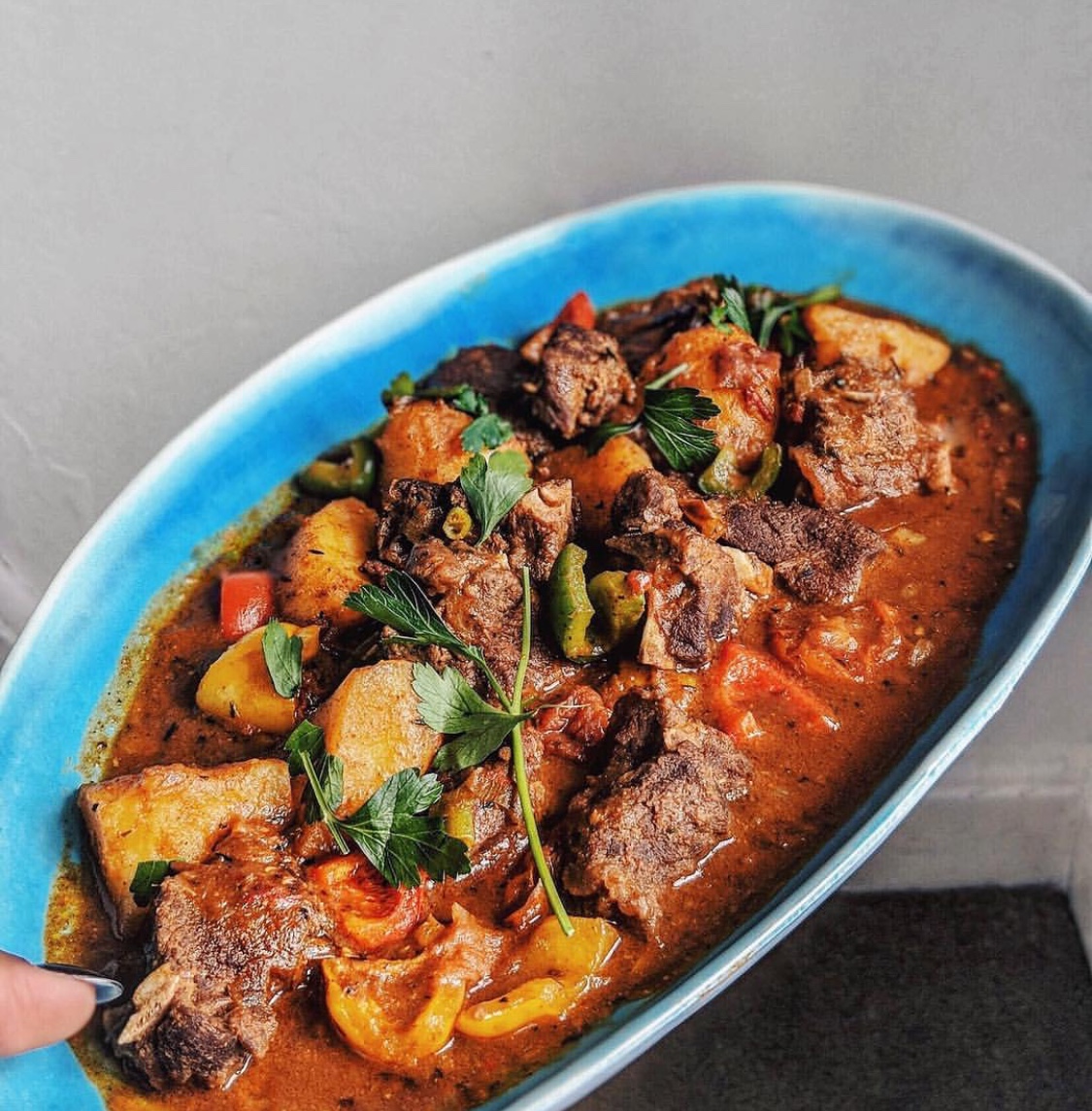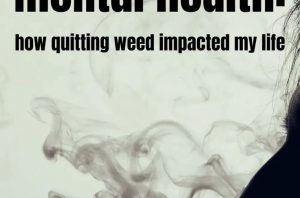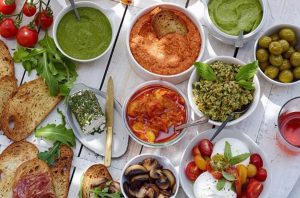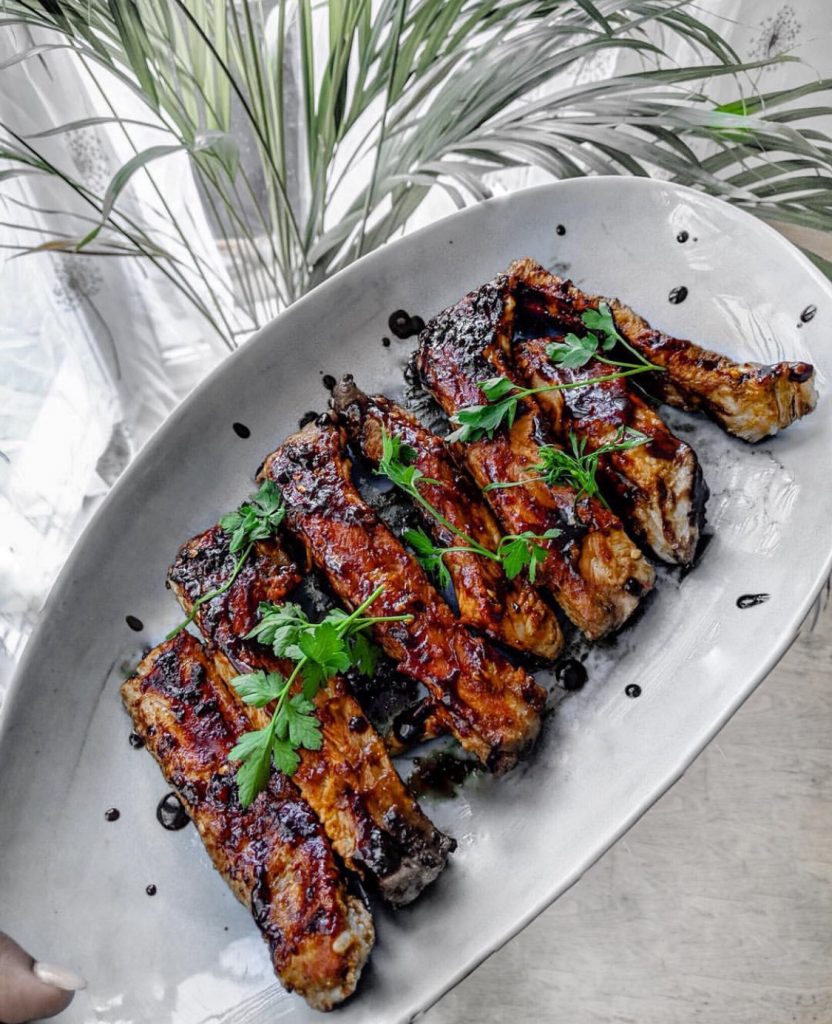
Compulsive eating is common in the days leading up to a period. Several tips and strategies can help a person curb these cravings.
Compulsive eating, or binge eating, is an overwhelming urge to eat more food than necessary. It may involve snacking when not hungry or eating in secret. Some people feel sadness or shame after doing so.
An increase in appetite is common before a menstrual period. Some people crave specific foods, such as chocolate or french fries.
An increased appetite is often normal, but sometimes it indicates a more serious issue. Occasional overeating is not usually a cause for concern, but regular compulsive eating may indicate binge eating disorder (BED).
In this article, we look at why many people eat compulsively before their periods. We also explore some ways to prevent or reduce this behavior.
Is compulsive eating before a period normal?
Many people experience specific food cravings or a general increase in appetite in the days leading up to their menstrual periods.
These are common symptoms of premenstrual syndrome (PMS), which affects over 90 percent of females at some point in their lives.
Other symptoms of PMS include:
* acne
* bloating
* constipation
* diarrhea
* fatigue
* mood swings
* sore breasts
For many people, food cravings and slight increases in hunger levels are a regular part of the menstrual cycle.
For others, BED and PMS occur together. If compulsive eating persists after the period ends, this may indicate an eating disorder, which requires medical treatment.
Why does it happen?
Some research suggests that changes in the levels of the hormones estrogen and progesterone cause cravings for foods rich in carbohydrates and sugars before a period.
Carbs and sweet foods may also help relieve the low mood and fatigue that often occur prior to the onset of a period.
Sugars and starches both cause the body to release serotonin, a chemical that increases feelings of happiness. Also, eating regularly helps stabilize blood sugar levels, which may keep moods steady.
Compulsive eating before a period can sometimes indicate premenstrual dysphoric disorder (PMDD). This more severe form of PMS affects up to 5 percent of women of childbearing age.
PMDD can cause symptoms of depression, mood changes, and food cravings or binge eating.
Some research also suggests an association between binge eating and menstrual issues, such as irregular periods or an absence of periods.
Prevention
A person can try several strategies for preventing or reducing the extent of compulsive eating.
Many experience relief after making lifestyle changes, but others also require support or treatment from a medical professional.
The following steps can help:
Recognize the issue
A person should become aware of the amount and types of food they eat, before a period and at other stages of their menstrual cycle.
Using a food diary or a similar app can help a person identify times that they eat compulsively and how severe the issue may be.
Make healthful food choices
It can be tempting to give in to cravings, for chocolate or pizza, for example. Simple carbohydrates, found in candy, cookies, and white bread, can release serotonin and fight fatigue.
However, complex carbohydrates, often found in more healthful foods, have the same effects. These also last much longer and do not cause sudden crashes in energy and mood.
A person can find complex carbohydrates in:
* beans and lentils
* vegetables
* whole grains, such as brown rice and oats
If a person has cravings for sweet foods, fresh fruits and smoothies made with fruit and yogurt present a more healthful option than candy.
A person can also try chewing gum and filling up on water and herbal teas.
Some people find it helpful to eat a little bit of the food they crave, such as a square of high-quality dark chocolate. Denying the cravings completely sometimes causes them to persist.
Boost your mood
Eating is not the only way to lift the mood and reduce fatigue. Often, a brisk walk or another form of moderate physical activity causes the body to release “feel-good chemicals,” such as endorphins.
This type of activity can also boost a person’s energy levels.
If stress is contributing to a low mood, a person can benefit from relaxation techniques, such as:
* deep breathing
* massage
* mindfulness and meditation
* progressive muscle relaxation
* yoga
Seek support from others
Talking to other people about compulsive eating and other PMS symptoms may provide reassurance and a sense of relief.
It may help to speak to friends and family. Some people benefit from attending Overeaters Anonymous support groups.
See a dietician
A dietician can help a person fully understand the connection between compulsive eating and their menstrual cycle.
They may also be able to suggest specific strategies to help control cravings and moderate hunger.
Attend psychotherapy
People with severe binge eating symptoms may benefit from psychotherapy.
A therapist can help a person address the underlying issues, such as shame, poor self-esteem, and depression, that can drive compulsive eating.
Psychotherapy is available on a one-to-one or a group basis. Forms of therapy for compulsive eating include:
* Cognitive behavioral therapy, or CBT, aims to help people change their behaviors by addressing triggering thoughts and emotions.
* Dialectical behavior therapy aims to help people handle stress and negative emotions rather than turning to food for relief.
* Interpersonal therapy focuses on relationships with others and works to improve interpersonal skills.
*
When to speak to a doctor
Lifestyle changes and certain strategies can often help a person curb overeating, as can opening up with friends, support groups, or a therapist.
However, a person may also need to contact a doctor for advice and medical treatment.
See a doctor if compulsive eating:
* persists throughout the month
* causes depression, anxiety, or other forms of distress
* leads to significant weight gain
A doctor may recommend therapy, medications, or other additional techniques.
Recovering from BED will require a person to closely follow a treatment plan and seek support from others.
Summary
Changing levels of hormones often cause food cravings or a general increase in appetite in the days leading up to a period.
By adopting some strategies, many people can prevent or reduce these cravings. Others benefit from seeking support and treatment from medical professionals.
See if a doctor if compulsive eating persists throughout the month, causes depression or anxiety, or leads to significant weight gain.
Tip: understand what is happening and practice portion control instead of totally denying yourself during this period.
Checkout some of our regular craves below, what’s yours? Tell us in the comments below
Desperate to lose weight? Enter our fitness challenge for 2019 here for your chance to win a slay prize
Source Medical News Today

